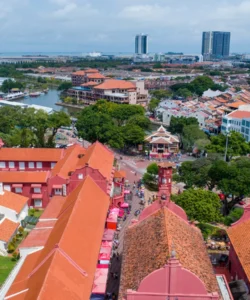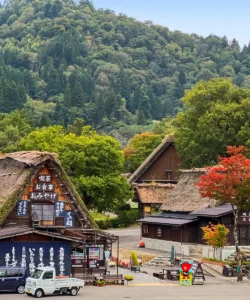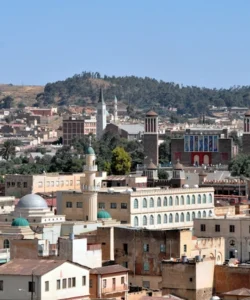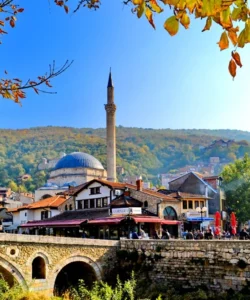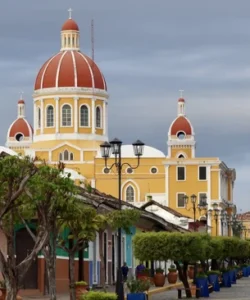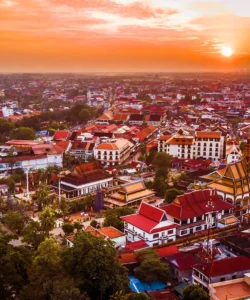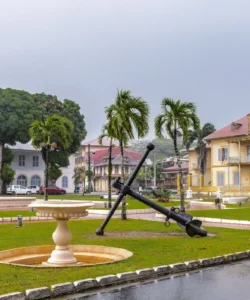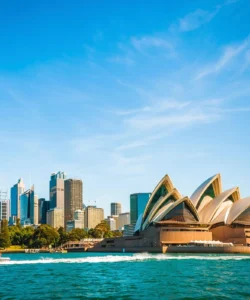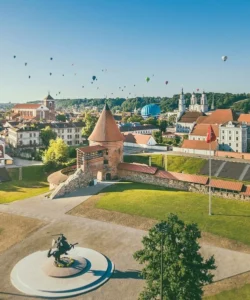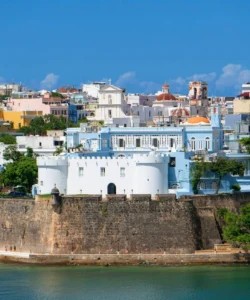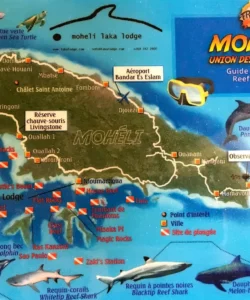Guadeloupe is an overseas department and region of France, located in the Caribbean. It’s known for its unique blend of French and Creole cultures, stunning natural beauty, and vibrant culinary scene.
![]()
Here’s a detailed overview:
- Area: Approximately 1,628 km² (629 sq mi). It’s an archipelago consisting of six inhabited islands: Basse-Terre, Grande-Terre, Marie-Galante, La Désirade, and two Îles des Saintes.
- Population: Around 395,839 (as of 2023).
- Language: French is the official language, but Guadeloupean Creole is also widely spoken.
- Currency: Euro (EUR). Credit cards are widely accepted, but it’s advisable to carry some cash for local markets and small vendors.
- Religion: Predominantly Roman Catholic.
- Capital: Basse-Terre, located on the island of Basse-Terre. While the administrative capital, it’s the second-largest city after Pointe-à-Pitre.
- Cities:
- Pointe-à-Pitre: The economic capital, a bustling city where French and Caribbean cultures beautifully blend. Known for its markets like Marché de la Darse.
- Basse-Terre: The administrative capital, surrounded by tropical forests with a rugged terrain.
- Le Gosier: A popular tourist town.
- Sainte-Anne: Famous for its postcard-perfect beaches like Plage de Bois Jolan and Plage du Bourg.
- Saint-François: A town with a marina and access to beautiful beaches.
- Deshaies: A serene fishing village nestled against rainforest-covered mountains.
- Terre-de-Haut (Les Saintes): A charming Creole archipelago.
- Petit-Bourg: Considered the “green lung” of the island, boasting rich biodiversity.
- Marie-Galante: Known as the “Big Pancake” due to its flat shape, famous for sugar cane fields, rum distilleries, and pristine beaches.
- Grand-Bourg (Marie-Galante): The main gateway to Marie-Galante, preserving the island’s sugar and rum production legacy.
- Attractions & Wonders:
- Guadeloupe National Park (Parc National de la Guadeloupe): A biodiverse gem on Basse-Terre, covering over 22,000 hectares, home to rich flora and fauna, including hiking trails and the Carbet Falls.
- La Soufrière volcano: An active volcano, also known as “Vie Madanm’ La” (The Old Lady), offering breathtaking panoramic views from its summit.
- Beaches: Guadeloupe offers a variety of beaches with soft golden, white, or black sands. Notable ones include Sainte-Anne beaches (Plage de Bois Jolan, Plage du Bourg), Grande Anse Salines Beach, and Plage Caravelle.
- Les Saintes: A charming archipelago perfect for island hopping, offering world-class diving spots like Sec Pâté.
- Réserve Cousteau: A popular spot for snorkeling and diving.
- Rum Distilleries: Numerous distilleries like Bielle, Poisson, and Bellevue offer tours and tastings.
- Pointe des Châteaux: A peninsula known for its beaches and viewpoints, ideal for watching the sunrise.
- Carbet Falls: Impressive waterfalls within the rainforest.
- Thermal Hot Springs: Found in Bouillante, offering opportunities for relaxation.
- Memorial ACTe Museum: A cultural center dedicated to the memory and history of the slave trade.
- Le Moule (Windmills): Historic windmills dating back to the 18th century, showcasing the island’s sugar cane farming history.
- Architecture: Guadeloupe’s architecture is a fascinating blend of French, English, African, Indian, and Chinese influences, reflecting its diverse history. Notable examples include the Cathédrale de Saint-Pierre et Saint-Paul, designed by Gustav Eiffel with ironwork similar to his more famous tower. After a major hurricane in 1928, architects like Alí Tur, André Bruyére, and Gérard Michel Corbin played a significant role in rebuilding the island with a new, modern, and sustainable style, often incorporating features like slatted shutters and elevated ground floors.
- Roads: Roads are generally well-maintained, but some sections can be winding, especially in mountainous areas of Basse-Terre. Driving is on the right-hand side. Renting a car is recommended for exploring the island. Speed limits are typically 50 km/h in city limits, 70-80 km/h outside, and 90-110 km/h on motorways.
- Hotels: A range of accommodation options are available, from hostels to villas and larger hotels like Village Pierre & Vacances Sainte Anne and the former Caravelle Hotel (now Club Méditerranée).
- Restaurants & Cuisine: Guadeloupean cuisine is a delicious fusion of French, East Indian, African, and Creole influences. You’ll find a wide variety of restaurants across the islands, offering everything from local Creole fare to French gastronomy.
- Must-try dishes include:
- Boudin Creole: A staple blood sausage with French roots.
- Colombo: A flavorful curry dish.
- Accras de Morue: Crispy cod fritters.
- Poulet Boucané: Barbecued chicken, often found at outdoor food markets.
- Ti’ Punch: A popular local rum cocktail.
- Crabes Farcis: Stuffed crabs.
- Matété de Crabes: A crab dish often shared communally.
- Agoulou: A popular local sandwich.
- Must-try dishes include:








































